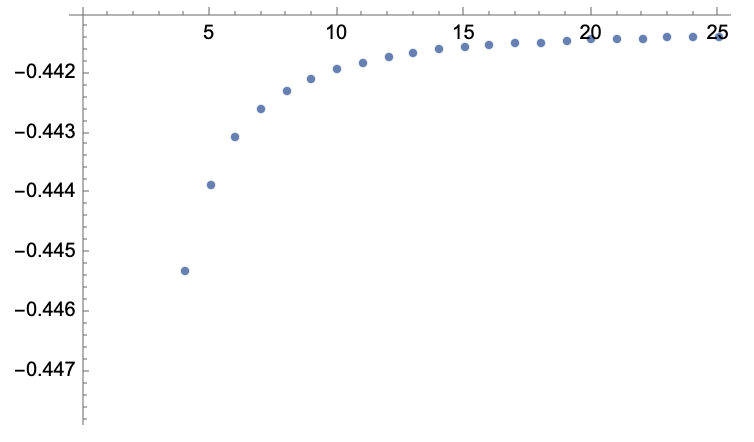The sum can be rewritten as an integral, by means of $$\frac{1}{\sin (\pi j/n)}=\frac{n}{\pi}\int_0^\infty\frac{s^{j-1}}{ s^n+1}\,ds$$ $$\Rightarrow \sum_{j=1}^{n-1}\frac{1}{\sin (\pi j/n)}=-\frac{n}{\pi}\int_0^\infty \frac{(-s)^n+s}{s (s+1)(s^n+1)}\,ds.$$ This vanishes for odd $n$, but does not simplify further for arbitrary even $n$.
The large-$n$ asymptotics for even $n=2p$ can be readily derived from the integral expression. Split the integration interval into $\int_0^1$ and $\int_1^\infty$, both intervals contribute $-(2p/\pi)\ln 2$ for large $p$, with the result $$\lim_{p\rightarrow\infty}\frac{1}{2p}\sum_{j=1}^{2p-1}\frac{1}{\sin (\pi j/n)}=-\frac{2}{\pi}\ln 2=-0.441271$$
Here is a plot of $\frac{1}{2p}\sum_{j=1}^{2p-1}\frac{1}{\sin (\pi j/n)}$ as a function of $p$.

